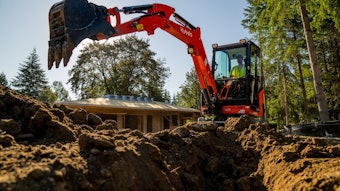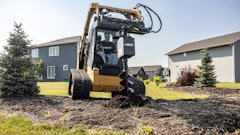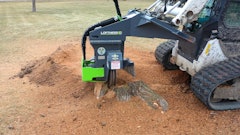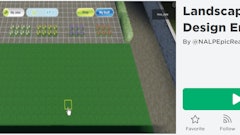Existing-home sales rose in January, marking three gains in the past four months, while inventories continued to improve, according to the National Association of Realtors (NAR).
Total existing-home sales—which are completed transactions that include single-family homes, townhomes, condominiums and co-ops—increased 4.3% to a seasonally adjusted annual rate of 4.57 million in January from a downwardly revised 4.38 million-unit pace in December. Furthermore, January sales were 0.7% higher than one year ago.
Lawrence Yun, NAR chief economist, said strong gains in contract activity in recent months show buyers are responding to very favorable market conditions. “The uptrend in home sales is in line with all of the underlying fundamentals: pent-up household formation, record-low mortgage interest rates, bargain home prices, sustained job creation and rising rents.”
Existing-home inventory dwindles to 6.1-month supply. Total housing inventory at the end of January fell 0.4% to 2.31 million existing homes available for sale, which represents a 6.1-month supply at the current sales pace, down from a 6.4-month supply in December.
“Inventory in the six-month range is broadly considered to be a balanced market between buyers and sellers when home prices appreciate normally (1-2 percentage points above CPI), but we’re expecting generally flat prices due to the weight of foreclosures selling at deep discounts,” said Walter Molony, NAR’s public affairs director.
Total unsold listed inventory has trended down from a record 4.04 million in July 2007, and is 20.6% below a year ago when it was 2.91 million.
“We’ll have a seasonal increase with the spring market, but supply levels should be fairly level if sales hold up,” Molony said. “There will be elevated levels of foreclosures working their way through the market over the next two years—it could be described as a broad peak of foreclosure activity that is gradually waning.”
New home sales remain flat
Sales of newly built, single-family homes declined by less than 1% in January from an upwardly revised number in the previous month to hit a seasonally adjusted annual pace of 321,000 units, according to data jointly released by HUD and the U.S. Commerce Department.
“Outside of the upwardly revised December number, this is actually the best sales pace we’ve seen since April of 2010, when the home buyer tax credit was in effect,” noted Barry Rutenberg, chairman of the National Association of Home Builders (NAHB) and a home builder from Gainesville, FL. “Moreover, many recent indicators—from our builder confidence surveys to housing starts and permits data and the expanding list of improving local markets—have provided evidence that consumers are becoming more confident about making a home purchase.”
“New-home sales this January were up 3.5% from the same time last year, and up 1% from the fourth quarter average for 2011,” added NAHB chief economist David Crowe. “This is indicative of the incremental, steady progress that the market is making toward recovery in conjunction with modest economic and job growth. Increasingly, potential buyers are feeling better about their financial situation and their ability to buy a home, but the challenges posed by tight credit conditions and appraisal issues continue to slow that process.”
Stronger in the East. New-home sales slipped 0.9% to a seasonally adjusted annual rate of 321,000 units in January, which was the second-fastest pace of sales activity since April of 2010. This decline was due to a 24.5% reduction in the Midwest and a 10.6% reduction in the West. Meanwhile, the Northeast posted an 11.1% gain and the South bounced back from a substantial decline in the previous month with a 9.3% increase.
Inventory dwindles to 5.6-month supply. The inventory of new homes for sale continued to shrink to another record low in January, hitting 151,000 units, or a 5.6-month supply at the current sales pace.


























